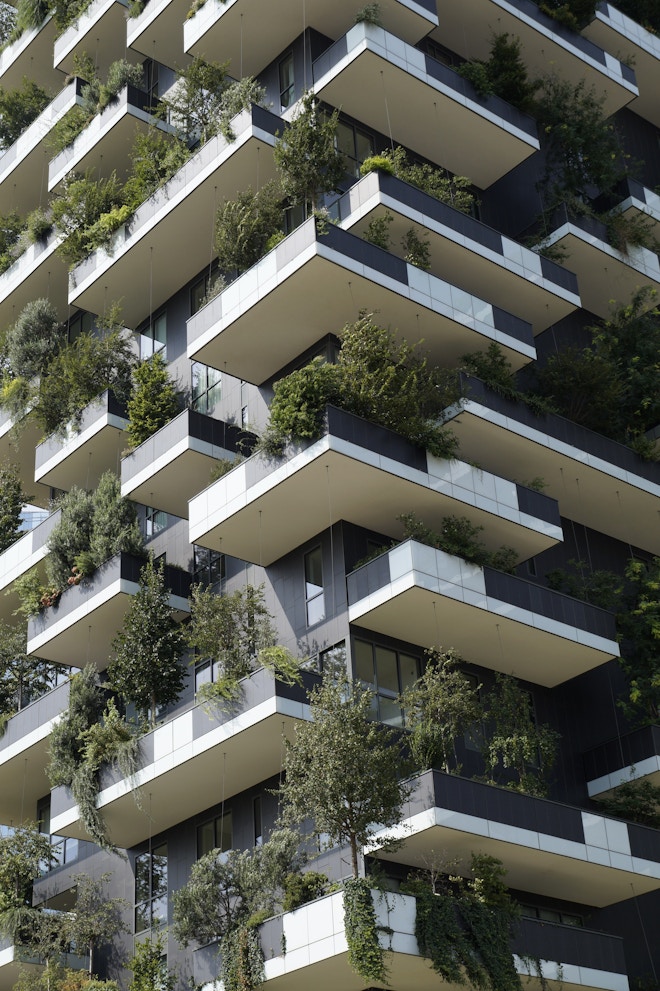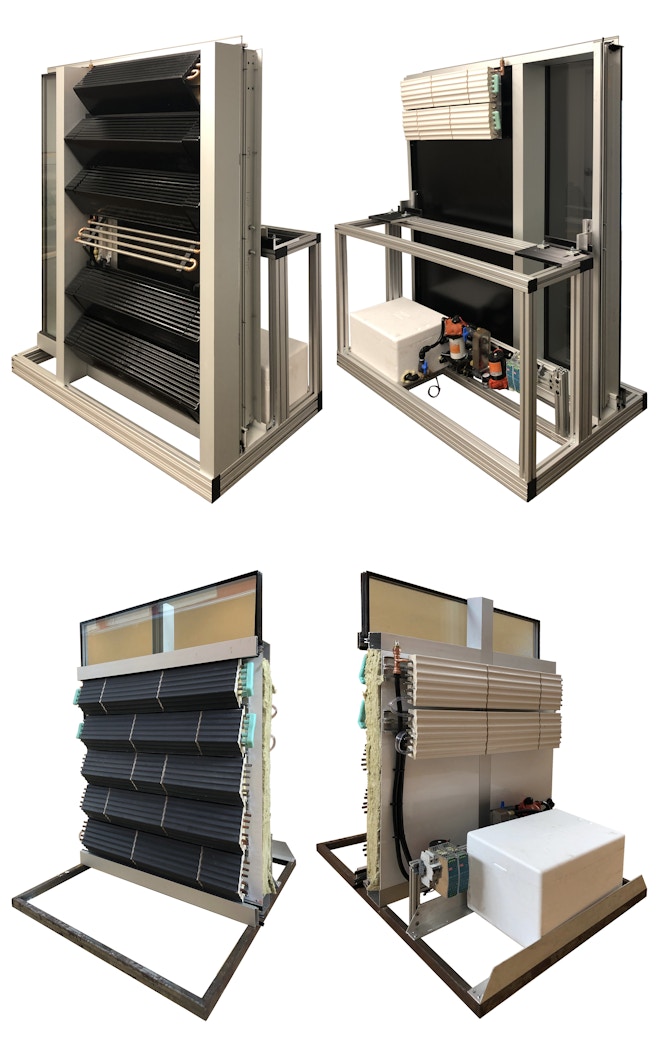New Challenges – New Facades!
Being part of the European Façade Network efn, an association of ten research and education entities throughout Europe, I would like to share my experiences of last year’s conferences and research activities with this brief contribution. Over the previous decade, the building envelope developed from a small engineering field into a large and vibrant community of researchers, teachers and companies, understanding that the building envelope – next to representing the aesthetical appearance of the building – is key in the climate performance, user satisfaction and circularity of the building.
In terms of facade materials, the field is two-fold (first, harvesting and manufacturing, and second, recycling). Materials that can only be manufactured once, like concrete, are getting under pressure. Large European research projects investigate the potential to reuse given components or, at least, recycle them in a way that less new material is needed. In parallel, materials with reversible manufacturing potential are now pushed towards a complete recycling process so that less waste is produced and, at the same time, the materials are reused as base material. We see these developments happening with glass and aluminium in particular – both in principle simple to remelt and remanufacture – driven by the industry understanding the need to adapt. Good! In addition, new production technologies, such as additive manufacturing, appear in the market, not yet fully developed, but promising!

Figure 1: Green in urban façades
In the field of façade functionality, we experience the integration of automated functions, digital and motor-driven components, which are linked to the field of energy-oriented performance. On the other hand, the interaction with the user comes into focus for improved user satisfaction. Here as well, research is done to understand the user behaviour and interaction with the new tools. Not everything we develop makes us happy and helps to reduce energy.

Figure 2: Additive manufactured Free-Form-Knot by ISM+D / TU Darmstadt and industry partner
Which brings us to another large field of research and development activities: energy consumption reduction and energy harvesting. Consumption reduction seems to be under control as we are now facing a level of development in which we try to reduce the last few percents and whereby the technical effort required becomes rather intensive compared to the additionally needed materials (and embodied energy). So, the comparison of embodied energy versus performance energy becomes key! In parallel, an interesting development can be seen in the field of energy harvesting by façades. Next to the promising new generation of BIPV (Building Integrated PV), solar thermal collectors are becoming efficient, and the first realised, large-scale projects allow us to experience the result and appearance.

Figure 3: Solar-thermal collector by Jason Vollen / PhD TU Delft
Finally, an entirely new topic emerges in the field: urban design and the interaction with the building envelope. Here, natural green becomes more and more important with regards to the building envelope, to help cities perform better with changing climates, and to reduce heat islands and improve air quality. In parallel, topics such as urban noise level, as it results from the reflectivity of façades, comes into the picture of activists because it can cause a lot of stress.
And all this all needs to be transferred into a design potential! Engineering is a discipline, which solves arising questions, but the design part is needed to convince users, owners and investors. Technology is not the problem - a broad range of technologies and solutions is available, especially in the technically highly developed field of façade design, engineering and production! The key aspect we have to address now is performance, in the sense of circularity, user satisfaction and environmental impact. This can be called a global or total value – and it provides us with the opportunity to tackle the upcoming global challenges.

Ulrich Knaack
Technical University Darmstadt
Links
efn: EFN European Façade Network
Façadeworld: façadeworld | Façades – Made to be beautiful and functional, driven by the interest in new developments
PowerSKIN: HOME – PowerSKIN Conference 2021 (tum.de)
Future Envelope: Future Envelope 13 (tudelft.nl)
BE-AM: BE-AM – BUILT ENVIRONMENT ADDITIVE MANUFACTURING (be-am.de)
Looking for something specific?
Search our extensive library.
FTI’s SKINS email is the central source for the latest in building skin trends and research.
All emails include an unsubscribe link. You may opt out at any time. See our privacy policy.









